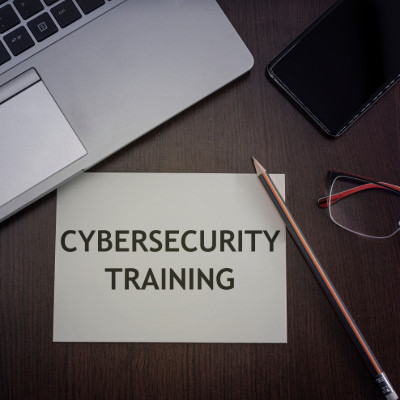Cybersecurity is far from the most engaging topic out there, but that doesn’t diminish its importance. You, as a business owner, need to know how to protect your business from today’s threats, but your employees also need to be actively involved in the cybersecurity of your company. Today, we’re exploring how you can implement better cybersecurity training practices into your business.
TS3 Technologies Blog
We will always reinforce how critical it is for everyone in any workplace to have a grasp of cybersecurity best practices, regardless of their role or responsibilities. However, based on a survey conducted by UK-based cybersecurity firm Ramsac, this baseline is not being met by a long shot.
Why do we say this? Simple: this survey revealed that one in three adults failed a cybersecurity test designed for 11-year-olds.
Cybersecurity has to be a big deal for any business that uses IT, and today, who doesn’t? When your employees don’t follow cybersecurity rules, it can put your business in danger, like getting hacked or losing money. The first step is to figure out why employees aren’t following the rules. This could happen because they don’t know the rules, haven’t been trained enough, or think the rules are too hard or take too much time.
Nowadays, it is crucial that you make security a top priority. With the right approach, it not only saves you massive headaches, but also a considerable amount of capital—particularly if you leverage the appropriate solutions for SMBs. As a managed service provider, we can ensure that you implement the appropriate IT solutions to maximize the return on your security investment.
Cyberattacks can cost businesses a lot of money. They’re also more prevalent today than ever before. It seems you can’t go a couple of news cycles without hearing about some organization that has been hacked or scammed and it’s resulted in the sensitive data the organization holds being sold online, vast operational downtime, or worse. For this reason, many organizations have deliberately built up their cybersecurity infrastructure, enhanced their policies, and invested in training to ensure that they aren’t the next victim. Unfortunately, this attention doesn’t always work.
Virtual reality has been one of the coolest technologies available for over a decade. Today’s applications make it an exciting piece of tech for individuals; and you’ve seen that market expand (especially during the pandemic) with Facebook, Sony, HTC, and HP coming to market with a VR offering. The question we wanted to look at is how VR could be used at a business like yours.
It can be a real head-scratcher when one of your otherwise well-performing employees routinely falls for the simulated phishing attacks that you roll out as a part of your cybersecurity awareness strategy. For all intents and purposes, the person is a great employee, but when it comes to acting with caution, they fail. If you’ve made a point to prioritize your staff’s working knowledge of phishing attacks, do you replace this employee? We’ll take a look at it today.










